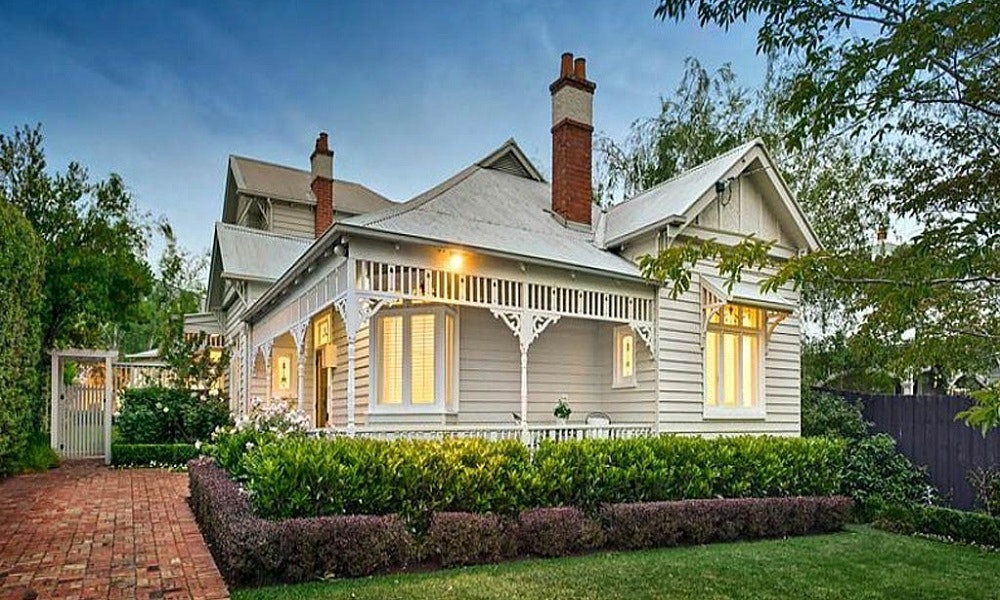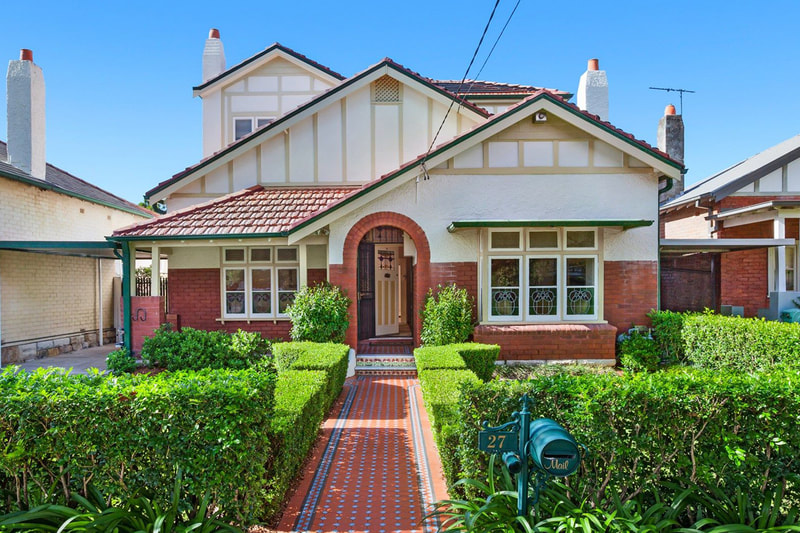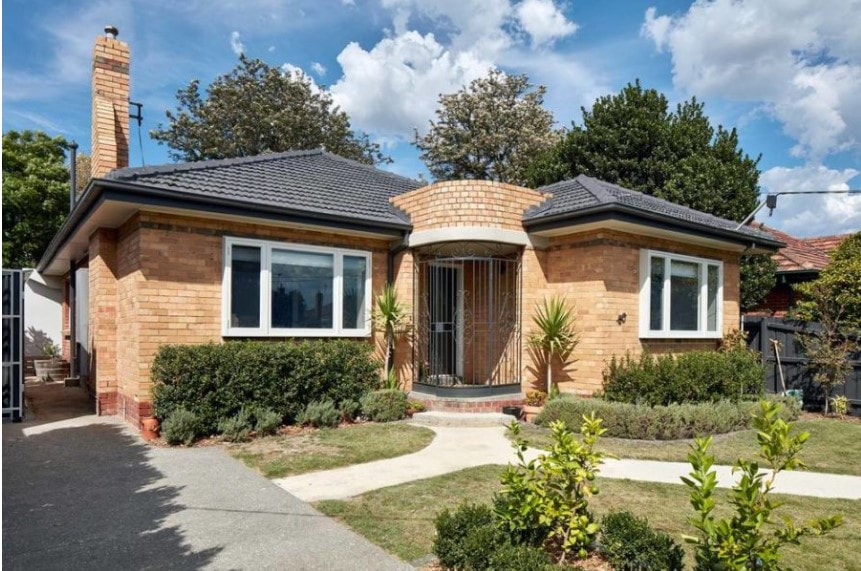Old Colonial Period
1788 - 1840
1788 - 1840
The first European settlers to arrive in Sydney had to adapt to the durable materials of native Australian bush lands to build their homes. Corrugated iron roofing was imported for the first time during this era, which later became an iconic Australian architectural feature.
Features of these homes:
Features of these homes:
- Homes of this period were of simple layout. Generally one room, or a few rooms centred around a hallway.
- The exteriors were plain in appearance and generally had a verandah, often on three sides of the building.
Victorian Period
1837 - 1901
1837 - 1901
The Victorian era was influenced by the British and their predominantly Anglican beliefs. This Period was named after the Queen.
Features of these homes:
Features of these homes:
- Victorian homes were formal in design with symmetrical layouts and facades.
- They featured detailed cast iron lacework.
- Smaller victorian homes were often clad in weatherboards and larger homes were bluestone or brick.
- Decoration began to be more prominent in the Mid Victorian period such as parapets, side lights and bull nose verandas.
- Some of the popular styles of this era are Queenslander, Georgian, Italianate and Tudor.
Federation Period
1890 - 1915
1890 - 1915
This period refers to the federation of Australia. This is a fusion of influences from France, Britain and America to create a uniquely Australian style which is less formal than previous periods and more suited to a sub-tropical climate.
Features of these homes:
Features of these homes:
- These homes often featured elaborate gardens with many species of flora.
- Exterior features include a dominant roof line, lead light widows and verandas.
- There were sometimes symbols of native flora and fauna embedded in the timber work as a celebration of a new nation.
Interwar Period
1915 - 1945
1915 - 1945
New technologies allowed easy access to American influence which made its way into the architecture of this era. Due to the popularity of American culture in Australia, British design became less popular. During this period more advanced transport options lead to expanding suburbs as people were now able to commute to the city for work.
Features of these homes:
Features of these homes:
- During this period the iconic Californian Bungalow and Art Deco styles became popular.
- Houses were generally single story detached homes set back from the street on fairly large blocks.
- These homes were simpler than federation homes with limited embellishment reflecting the economic stringency of these styles and the move towards modernism.
Post War Period
1945 - 1965
1945 - 1965
Housing material shortages led to the rise of cheaper and quicker construction of homes during this era. Mass produced windows led to a greater use of glass. These homes were designed for family living with larger, interconnected living rooms.
Features of these homes:
Features of these homes:
- Function over form in design aesthetics.
- Melamine benches and linoleum flooring.
- Brick or stone feature walls and brick veneer replacing double brick.
Modern Period
1960 - 2000
1960 - 2000
Tradition was overthrown by revolutions which led to progressive, modern ideas in architecture. This era of architecture was influenced by European and American ideas of bringing the outdoors in.
Features of these homes:
Features of these homes:
- Characterised by open plan living and simplicity.
- Bold geometric shapes and curved elements with little or no ornamentation.
- Floor to ceiling windows and flat roofs became popular.
Adaptive Reuse
Early 21st Century
Early 21st Century
During the 1970’s and 80’s there was a move toward destroying older style buildings to make way for more modern architecture. Regret about destroying heritage buildings led to the adaptive reuse style seen all throughout Australian capital cities now days. Adaptive reuse is the recycling of old buildings.
Features of these homes:
Features of these homes:
- This style often showcases the juxtaposition between heritage styles and cutting-edge modern architecture.
- They are often environmentally sustainable.
- Maintains the historical context of a building while creating a space suited to today's lifestyles.

































